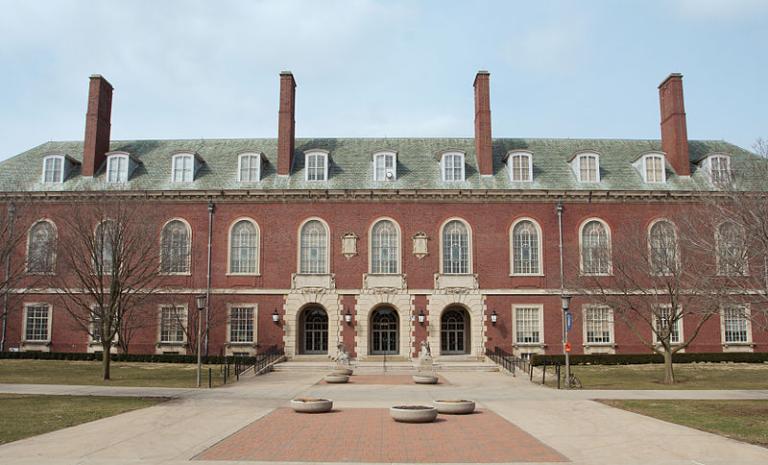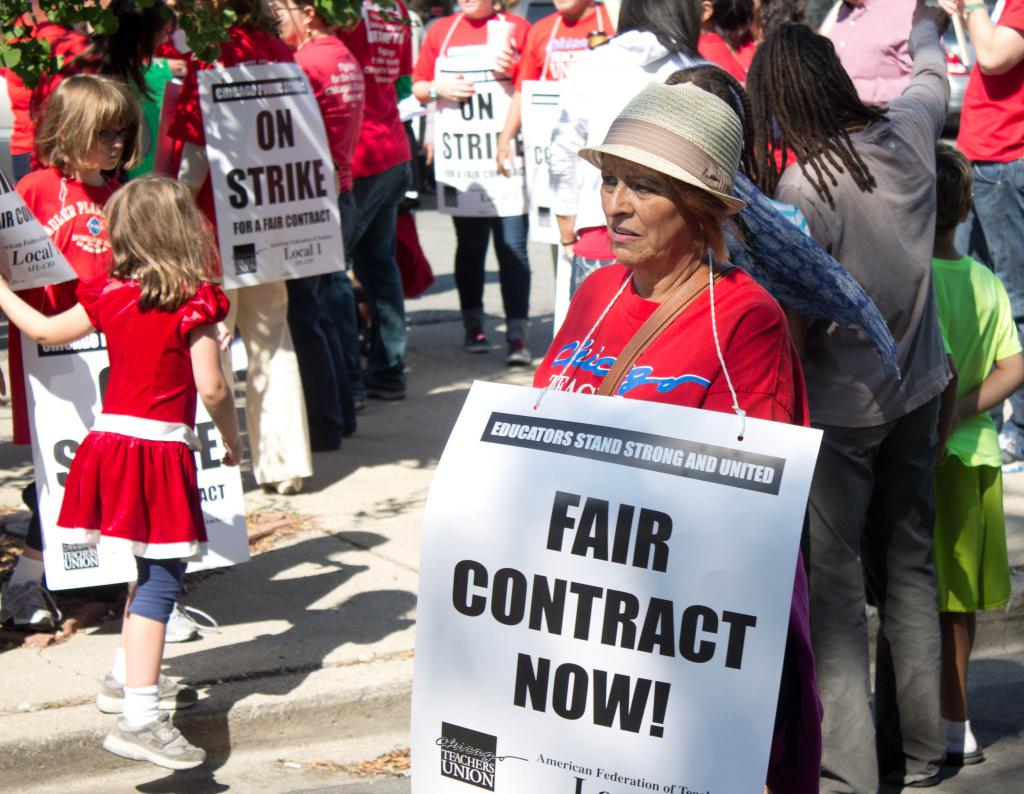
The “hook-up,” as practiced on American college campuses, has changed.
That’s what Lisa Wade reports in her new book, American Hookup; The New culture of Sex on Campus.
Perhaps you’ve got a vague idea of what hook-ups are about: friends with benefits, for instance, or “f*ckbuddies” and a permissive culture on campus where anything goes. But Wade’s telling, based on student diaries and interviews, is actually more disturbing than that.
The hook-up, it seems, has certain rules.
She describes a “classic” hook-up situation at the beginning of the book. Students “pregame” – that is, they get drunk by doing shots in their dorm rooms, before they even arrive at the party. After arriving at the party, they dance, or, specifically, they grind, that is, they dance by themselves until a man arrives, comes up behind her, and then the women “press their backs and backsides against men’s bodies and dance rhythmically,” to put it blandly (p. 32). The woman then looks to her friends for approval, to see if the man who has selected her is “hot” (and it matters more what her friends think than what she does), then, if approval is given, she turns around, then they make out, then leave the party to hook up (which means intercourse 40% of the time).
But the key is what happens next: each party, afterwards, distances themselves from the other. In an effort to prove that the sex was, indeed, meaningless, there’s an unwritten rule that each of them has to dial back any existing relationship. Friends become acquaintances, acquaintances grunt at each other in the hall, and everyone insists that it was only due to being drunk that they did anything together at all. In addition, there are unwritten rules limiting the number of times students hook up together, so as to avoid “catching feelings” (p. 46).
Now, to backtrack slightly, the good news is that Wade reports that a good 1/3 of students opt out of “hookup culture” entirely, for a variety of reasons, e.g., due to their morals or because they are not wealthy enough to spend their weekends partying, or because they are not considered attractive enough to be considered a worthy hookup partners. Ethnic/racial minorities also tend to hook up less often. The trouble is that they report feel isolated and alone, rather than finding others in their situation. Only about 1/4 of the population is what she describes as “enthusiasts,” and the remainder are “dabblers.”
But for the enthusiasts, who turn to sex enthusiastically and (she largely interviews women) proclaim that sex is just a lot of fun, all does not seem well. The unwritten code is that sex is, in fact, devoid of feeling, and that sex partners are not to show any feelings of care or concern for each other. One woman describes feeling like a “masturbation toy” (p. 158) because the men she hooks up with expect sex, but don’t have much interest in whether she, er, enjoys herself or not — which isn’t particularly surprising if the hook-up is all about obtaining physical pleasure for oneself, and there’s no need to care about whether your partner wants to repeat the event or not. Besides which, this has become enough of the established “hookup culture” that women take it is a part of the unwritten rules that they can’t demand more. In fact, the hookup culture promotes men simply being unkind, even mean, to their sex partners, even when it doesn’t cross the line into sexual assault.
What happens after college? Wade cites research from a decade ago that suggests that, post-college, hook-up enthusiasts settle back into more “normal” dating patterns, in which couples see each other, are nice to each other, and develop romantic relationships. But she also sees signs that, even in the past decade, the culture that’s evolved, as one cohort passes on to another, is no longer able to adapt back to traditional dating, that they can’t switch from the hook-up ethic of post-sex indifference, to a new ethic of seeking out a second date.
But then Wade takes a wrong turn. There’s nothing wrong with hooking-up, she says. Sex is fun, and it’s a good thing that college students, freed of the worry of pregnancy due to contraceptives and abortion, can now have frequent sex, and can explore all manner of ways of enjoying sex. The only thing that needs to change, she says, is for hook-up culture to re-evolve, and become kinder and gentler, for sex partners to be nicer to each other. She closes the book:
If we want to fix hookup culture, we have to fix American culture. When we do, we can nurture sexualities that are kinder and safer, more pleasurable and authentic, more fun and truly free.
But it seems to me that hookup culture, in a way, had to evolve into the unkind, indifferent relationships it produces today, and that it’s just not possible, or at least, not easy, for her idealized situation, students having multiple sex partners and frequent sex, while all being nice and friendly to each other, to truly happen.
I’m reminded of Aldous Huxley in Brave New World, whose dystopia involved indoctrinating children into the belief that “everyone belongs to everyone else.” It wasn’t enough, in his world, for its inhabitants to have orgies and for babies to be incubated and decanted and raised in nurseries by employees, Huxley realized that his world of “free love” would only work if no one partnered, if seeing the same person too many times was considered in poor taste, a form of somewhat disturbing asocial behavior. And the “everyone belongs to everyone else” was indoctrinated, from infancy, and enforced by social norms, to prevent romantic attachments, presumably, in the world Huxley constructed, to preserve that community in which everyone was content and happy in the bland sort of way from having their physical desires satisfied, but without any true feelings, without love, and without sadness, and with generally cluelessness about even the death of another.
Ironically, Wade even labels the new environment as a “brave new world” (p. 25), presumably without thinking about the origin of that phrase.
Image: flickr: https://www.flickr.com/photos/elisfanclub/360214806; creative commons license. No one is grinding, but this picture was taken in 2004.












